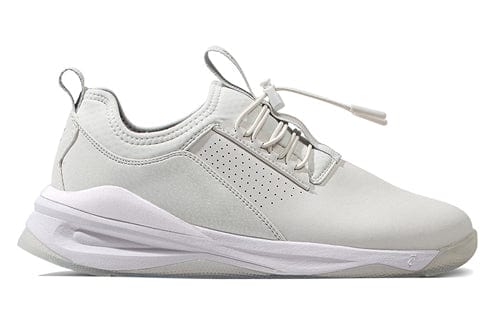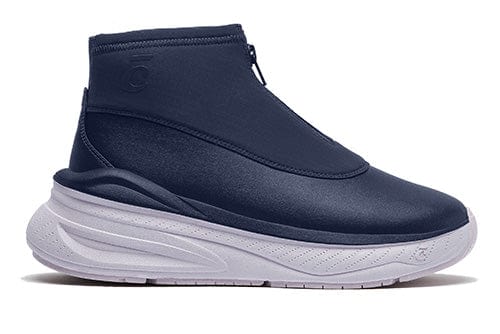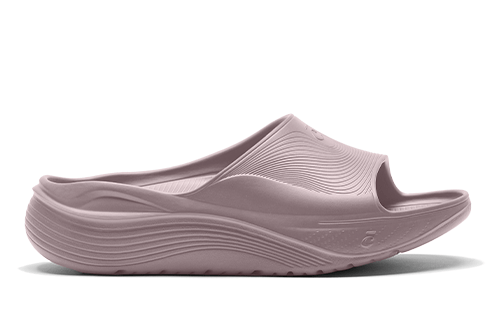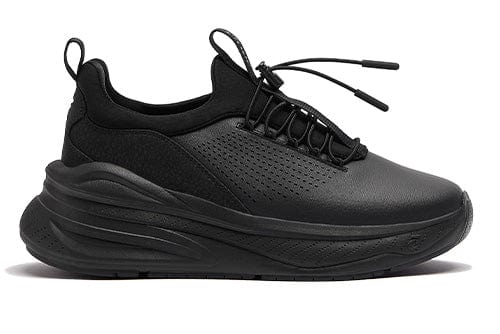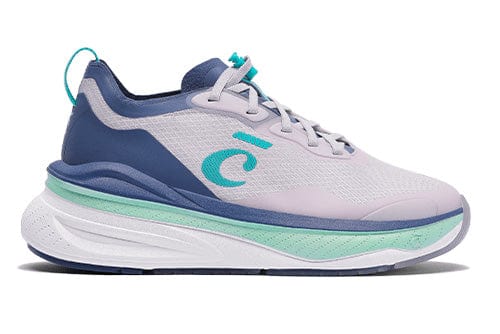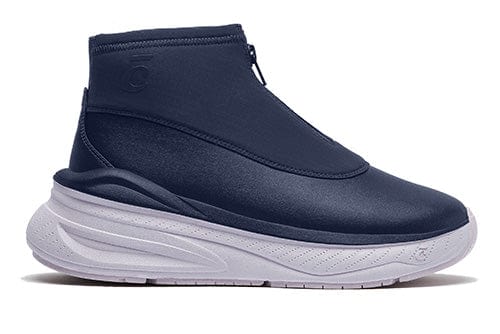Walking vs Running: Which is Better for You?
When it comes to getting your daily dose of physical activity, the age-old debate between walking and running often takes center stage. Both forms of exercise have an array of benefits, but how do you determine which is better for you? Let’s look into the physical, mental, and emotional perks of both, weigh the risks, and help you choose the best fit for your lifestyle and fitness goals.
Comparing the Physical Benefits of Walking and Running
Cardiovascular Health and Endurance
Walking and running are both fantastic cardiovascular exercises, each with unique benefits. For those pondering, "Is it better to walk or run?" the answer isn't black and white. Walking at a brisk pace can significantly improve your cardiovascular health, especially when done consistently. The American Heart Association recommends at least 150 minutes of moderate aerobic exercise like walking per week to keep your heart healthy and strong.
On the flip side, running takes cardiovascular health up a notch. This vigorous exercise pushes your heart rate higher, building endurance and boosting heart health more rapidly than walking. If you're targeting improved cardiovascular endurance and a stronger heart, running might be your go-to.
Impact on Weight Management and Muscle Tone
Is walking as good as running when it comes to burning calories? It depends. Running generally burns more calories in a shorter period. For instance, running burns approximately twice the calories of walking. This makes running a powerhouse for those looking to achieve fat loss and manage weight more aggressively.
Is walking a workout? Yes! Walking, especially power walking or incline walking, shouldn’t be underestimated. These forms of walking can also enhance calorie burn and muscle tone. Uphill walking or walking at an incline engages more muscle groups, helping to tone your legs, glutes, and core.
Evaluating the Risk of Injury
Common Injuries Associated with Running
Running, while an excellent form of cardiovascular exercise, is associated with a higher risk of injuries compared to walking. Understanding these common injuries can help you take preventive measures to stay safe and healthy on your runs. Here’s a closer look at some of the most frequent running-related injuries and how to avoid them:
- Shin Splints
Shin splints refer to pain along the inner edge of the shinbone (tibia). This pain is caused by inflammation of the muscles, tendons, and bone tissue around the tibia.
- Runner’s Knee (Patellofemoral Pain Syndrome)
Runner’s knee is characterized by pain around or behind the kneecap, often caused by overuse or misalignment of the knee joint.
- Stress Fractures
Stress fractures are tiny cracks in the bones, commonly occurring in the weight-bearing bones of the lower leg and foot. They develop over time due to repetitive force.
- Achilles Tendinitis
Achilles tendinitis is the inflammation of the Achilles tendon, which connects the calf muscles to the heel bone. It manifests as pain and stiffness along the back of the ankle.
- Plantar Fasciitis
Plantar fasciitis involves inflammation of the plantar fascia, a thick band of tissue that runs across the bottom of your foot and connects the heel bone to the toes. It causes stabbing pain, usually near the heel.
Lower Impact Benefits of Walking for Joint Health
Walking, conversely, is a low-impact activity that puts less strain on your joints. This makes it an excellent option for those with joint concerns or those new to regular physical activity. One of the benefits of walking every day is that it reduces the risk of injuries typically associated with high-impact exercises, preserving joint health and making it a safer long-term exercise choice.
Mental and Emotional Benefits
Stress Relief and Mental Clarity From Both Activities
Both walking and running offer mental health benefits, acting as natural stress relievers. Whether you're taking a peaceful stroll through the park or hitting the pavement for a run, the rhythmic motion helps clear your mind, reduce anxiety, and improve overall mental clarity. The question of "is it better to walk or run" for stress relief may come down to personal preference and the intensity of the activity you find most soothing.
How Walking and Running Affect Mood and Mental Well-Being
Physical activity triggers the release of endorphins, often referred to as "feel-good" hormones. Running, often dubbed the "runner's high," can elevate your mood significantly, offering a potent mental boost.
Walking, while potentially less intense, still provides a substantial mental lift. A walking workout, especially when done outdoors in nature, can uplift your spirits, and enhance your overall sense of well-being. It's no wonder both walkers and runners report feeling happier and more relaxed post-exercise.
Choosing the Right Activity for You
Selecting between walking and running largely depends on your fitness level and personal goals. Beginners or those recovering from an injury might find walking a more accessible and sustainable option. It's gentler on the body yet still offers significant health benefits.
Advanced exercisers or those looking to increase their fitness levels quickly may lean towards running. Running can efficiently improve cardiovascular health, burn more calories, and build endurance.
Personal Fitness Levels and Starting Points
When deciding if it is better to walk or run, your current fitness level is a significant factor. Beginners or those who haven’t been active for a while might find walking a more approachable starting point. It's a great way to ease into regular physical activity without overwhelming your body. Walking workouts can be just as beneficial as more intense exercises when done consistently, making it a valid alternative to running.
For those who are already physically active and looking to up their game, running can provide that extra challenge. It's an excellent way to enhance cardiovascular health, burn more calories, and build endurance more quickly. But remember, starting slowly and gradually increasing intensity can help prevent injuries often associated with running. Walking is also good for runners wondering what to do on rest day.
Health Goals and Exercise Preferences
If weight loss is a primary goal, running might seem like the faster route due to its higher calorie burn. However, consistent brisk walking or power walking, combined with a healthy diet, can also lead to significant weight loss over time. Remember, it’s about sustainability and what you enjoy doing. A walking workout can be just as effective for fat loss if it keeps you motivated and consistent.
Specific Conditions and Personal Information
People with specific health conditions, like heart disease or joint problems, may find walking a safer and more sustainable option. Consult with a healthcare provider or a personal trainer to tailor your exercise regimen to your personal information and health needs.
Importance of Proper Footwear for Walking and Running
Choosing the Right Walking Shoes
The importance of proper footwear cannot be overstated. For walkers, shoes with good arch support, cushioning, and a comfortable fit are essential. Proper walking shoes can prevent injuries, provide the needed support for long walks, and enhance overall walking performance.
Selecting the Best Running Shoes
For runners, the right shoes are even more critical. Running shoes should offer excellent support, shock absorption, and fit well to prevent common injuries like shin splints or runner’s knee. Brands specializing in running shoes often provide a variety tailored to different running styles and foot types, ensuring you find the perfect fit.
What Do You Prefer?
In the end, the choice between walking and running boils down to personal preference, fitness levels, and health goals. Both activities offer a range of benefits that can enhance your physical and mental well-being. Whether you choose to lace up your walking shoes or running shoes, the key is to stay consistent and enjoy the journey. And with the right footwear, like Clove sneakers for men and sneakers for women, you can ensure that every step you take is comfortable and supported.
Walking vs running is not just about which is better in general, but which is better for you. So, get moving, find your rhythm, and take steps—be they slow or fast—toward a healthier, happier you.
Sources:
- American Heart Association. Walk this way – or any way – to better health.https://newsroom.heart.org/news/walk-this-way-or-any-way-to-better-health
- WebMD. The Difference Between Walking and Running.https://www.webmd.com/fitness-exercise/difference-between-walking-and-running
- American Psychological Association. Want to boost your mental health? Take a walk.https://www.apa.org/monitor/2022/11/defeating-depression-naturally


